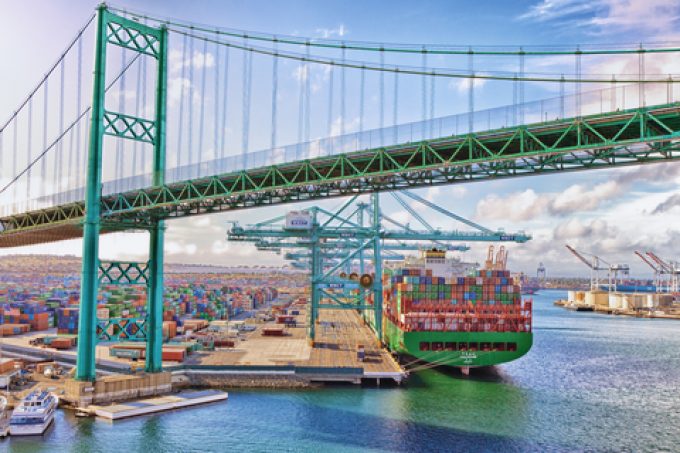'More pronounced' demand slump drives container spot freight rate declines
Container spot freight rates on most of the main shipping trades saw another week of ...

There are signs that spot rates from Asia to Europe might be beginning to cool at last.
Today’s Shanghai Containerized Freight Index (SCFI) comprehensive index inched up just half a percentage point this week to 2,885, which is 190% higher than a year ago.
The North Europe component eased back slightly, by $39, to $4,413 per teu, after putting on $650 in the previous two weeks.
Spot rates from Asia to the Mediterranean remained virtually the same, at $4,296 per teu, following increases ...
Transpacific sees first major MSC blanks as rates fall and volumes falter
'It’s healthy competition' Maersk tells forwarders bidding for same business
Opposition builds for final hearing on US plan to tax Chinese box ship calls
White House confirms automotive tariffs – 'a disaster for the industry'
New price hikes may slow ocean spot rate slide – but for how long?
Supply chain delays expected after earthquake hits Myanmar
Shippers snap up airfreight capacity to US ahead of tariff deadline
Good start for Gemini, liner schedule reliability data reveals

Comment on this article
praful patel
January 16, 2021 at 12:04 pmCovid-19 is a wake-up call and realization for big companies who for profit moved to China, now hopefully it might be cheaper to produce locally and might be better for economy